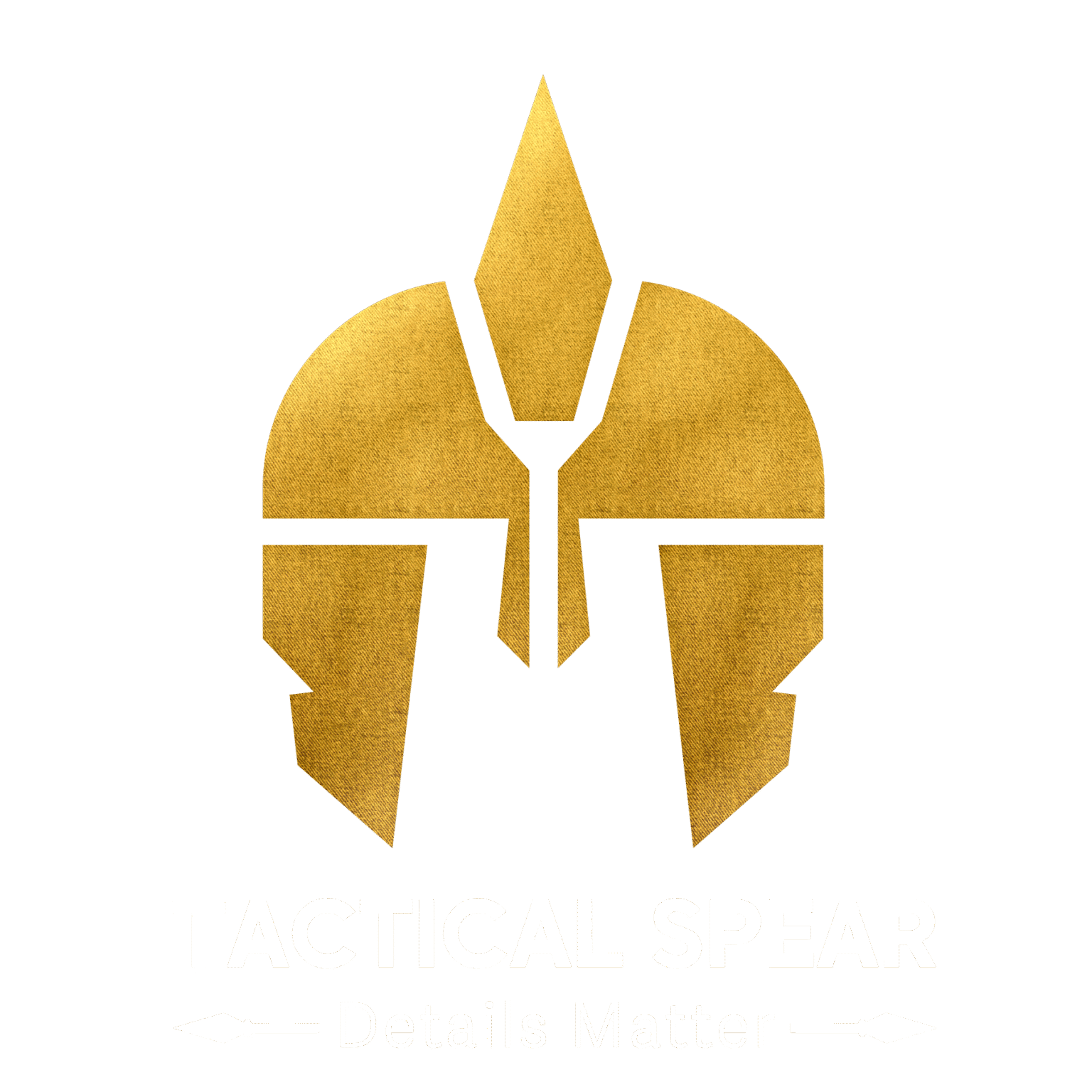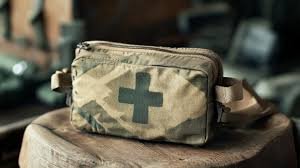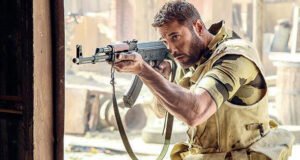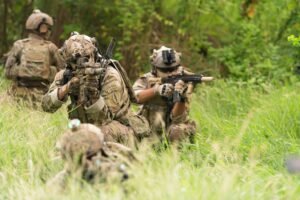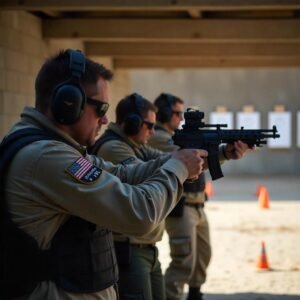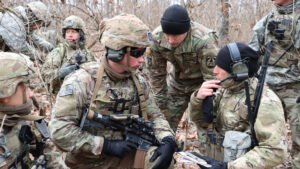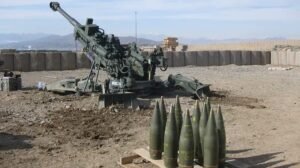By: Dr / Mohamed Hesham
Explore the critical importance of tourniquets in both military and civilian trauma care. This blog outlines the history, misconceptions, modern uses, and essential training needed for effective tourniquet application, emphasizing its role in saving lives under pressure.
Tourniquets have emerged as one of the most critical lifesaving tools in trauma care, especially in controlling life-threatening bleeding from limb injuries. Despite their proven effectiveness, their application—particularly in civilian pre-hospital settings—has long been debated due to fears of complications. However, both military experience and evolving trauma protocols have demonstrated that tourniquets can be absolutely necessary and lifesaving when used correctly.
_____
* Why Tourniquets Matter
Tourniquets effectively stop external hemorrhage from limb injuries, a leading cause of preventable death in combat environments. Historically avoided in civilian
emergency care, they are now gaining acceptance due to their proven success on the battlefield. In rare but critical cases, such as mass casualties, shootings, or wilderness emergencies, civilian tourniquet use becomes indispensable.
This article aims to:
- Examine the concerns and skepticism surrounding tourniquet use
- Explain the necessity of pre-hospital application, even for civilians
- Define the clear indications for tourniquet use
- Offer practical guidance on application and removal
_____
* Historical Background of Tourniquets
1674: First documented use by French Army Surgeon Étienne Morel
19th century: Widespread use in elective surgery to create a bloodless field
Early 20th century: Growing awareness of complications associated with prolonged use
Vietnam War: 7% of combat deaths could have been prevented by timely tourniquet application
Israeli Defense Forces: Reported zero deaths from limb hemorrhage among 550 injured over four years due to effective tourniquet use
_____
* Military Paradigm Shift
Modern military doctrine now prioritizes catastrophic hemorrhage control over airway and breathing management. Due to body armor, extremity injuries are now the most common, particularly from high-velocity projectiles or blasts. Tourniquets are designed for quick, self-application under fire, buying critical time until advanced medical care is available.
_____
* Tourniquet Use in Civilian Context
Though combat and civilian trauma differ, there are increasingly common scenarios where civilian tourniquet use is both appropriate and life-saving:
- Gunshot wounds and stabbings
- Police tactical operations (e.g., SWAT, firearms units)
- Terrorist attacks or mass casualty events
- Wilderness medicine and rural emergencies with long transport times
- Industrial and construction accidents
In these situations, the ability to apply a tourniquet quickly can mean the difference between life and death.
_____
* Modern Recommendations
The ATLS 10th edition recommends “the judicious use of a pneumatic tourniquet” in the presence of major arterial bleeding. Military and tactical medical instructors emphasize that tourniquets should be used without hesitation in appropriate cases, and that irrational fear of complications should not delay life-saving care.
_____
* Training and Practical Use
Healthcare providers, first responders, and even civilians in high-risk roles (security, law enforcement, outdoor enthusiasts) should be
trained in:
- Identifying indications for tourniquet use
- Applying commercial-grade tourniquets effectively (e.g., CAT, SOFT-T)
- Managing tourniquet duration and timely removal
- Understanding potential complications and post-application care
_____
Conclusion
Tourniquets save lives. From the battlefield to the streets, their correct and timely application is now a cornerstone of modern
trauma care. As threats evolve, so must our preparedness and mindset. Whether military or civilian, every responder must understand when and how to use a tourniquet effectively.
